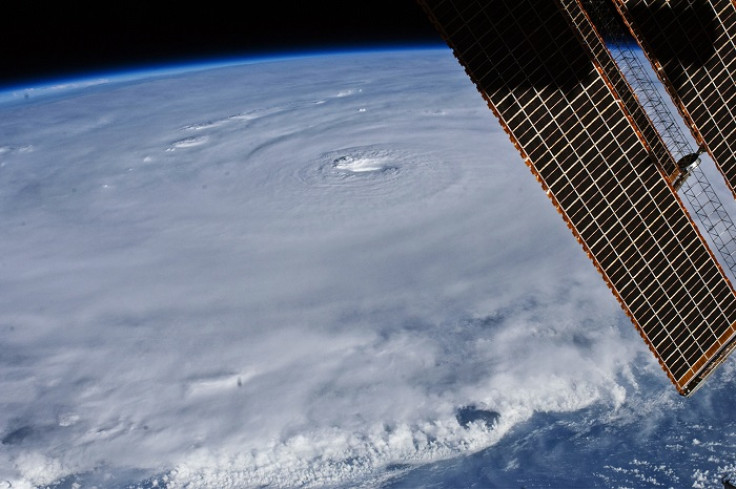Science Turns to Old Tech to Clear Junk from Space

Scientists have come up with a new way to rid the Earth's stratosphere of the growing amount of space junk - fitting disused satellites with hi-tech sails to take them out of orbit and burn up in space.
Scientists at the University of Surrey have been working on the TechDemoSat-1 de-orbit sail for three years, with funding from the European Space Agency.
Made with a material called Kapton, which is just one thousandth of an inch, or 25 micron, thick, the 5X5 metre sail would open within minutes of a satellite becoming inactive.
Designed for satellites in low orbit approximately 400km above the Earth's surface, the sail would guide into space, reducing the risk of collision with other satellites and cutting the build-up of extra-terrestrial debris.
Inactive satellites can remain in orbit for up to a century, but the sail would pull them to their destruction in about 25 years. The cost of fuel needed to boost the satellites out of orbit would make the devices too expensive to launch, so the sail offers a relatively inexpensive solution.
Professor Vaios Lappas, who is leading the research team, said: "Protecting our planet and environment is key for sustainable growth.
"This is a novel, low cost space mission and can offer a low cost/mass solution to the problem.
"It can be used for future satellites and launches and dramatically reduce the problem of space debris."
It is hoped the sail will help prevent incidents such as the 2009 collision in which a defunct Russian satellite destroyed an active American satellite.
Also in 2009, astronauts at the International Space Station had to scramble to their safety capsule when they appeared to be on collision course with the engine of a satellite launch rocket, which closely missed them.
The research team have conducted extensive preliminary tests on the sail, and hope to test it on a demonstration satellite in 2014.
© Copyright IBTimes 2024. All rights reserved.






